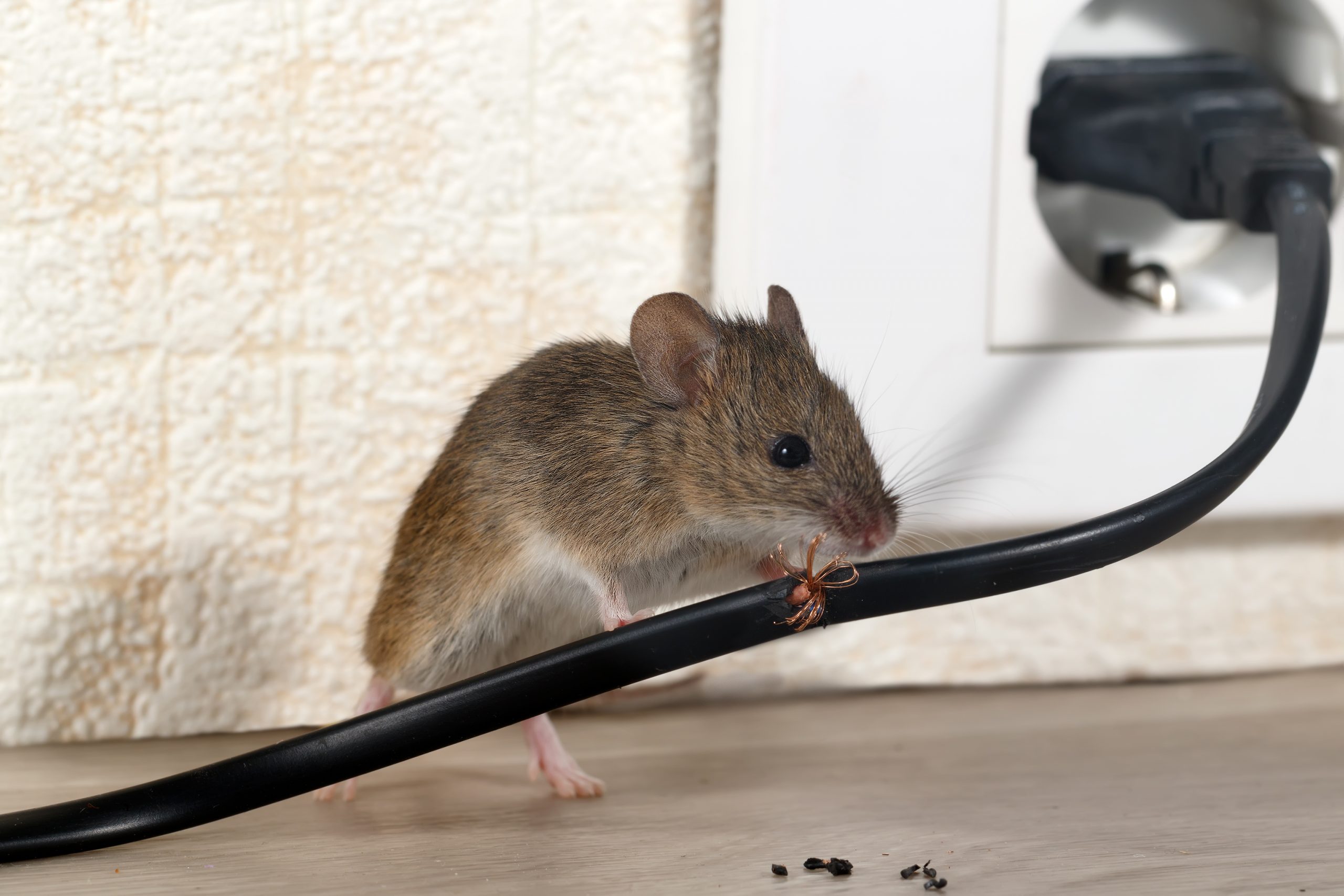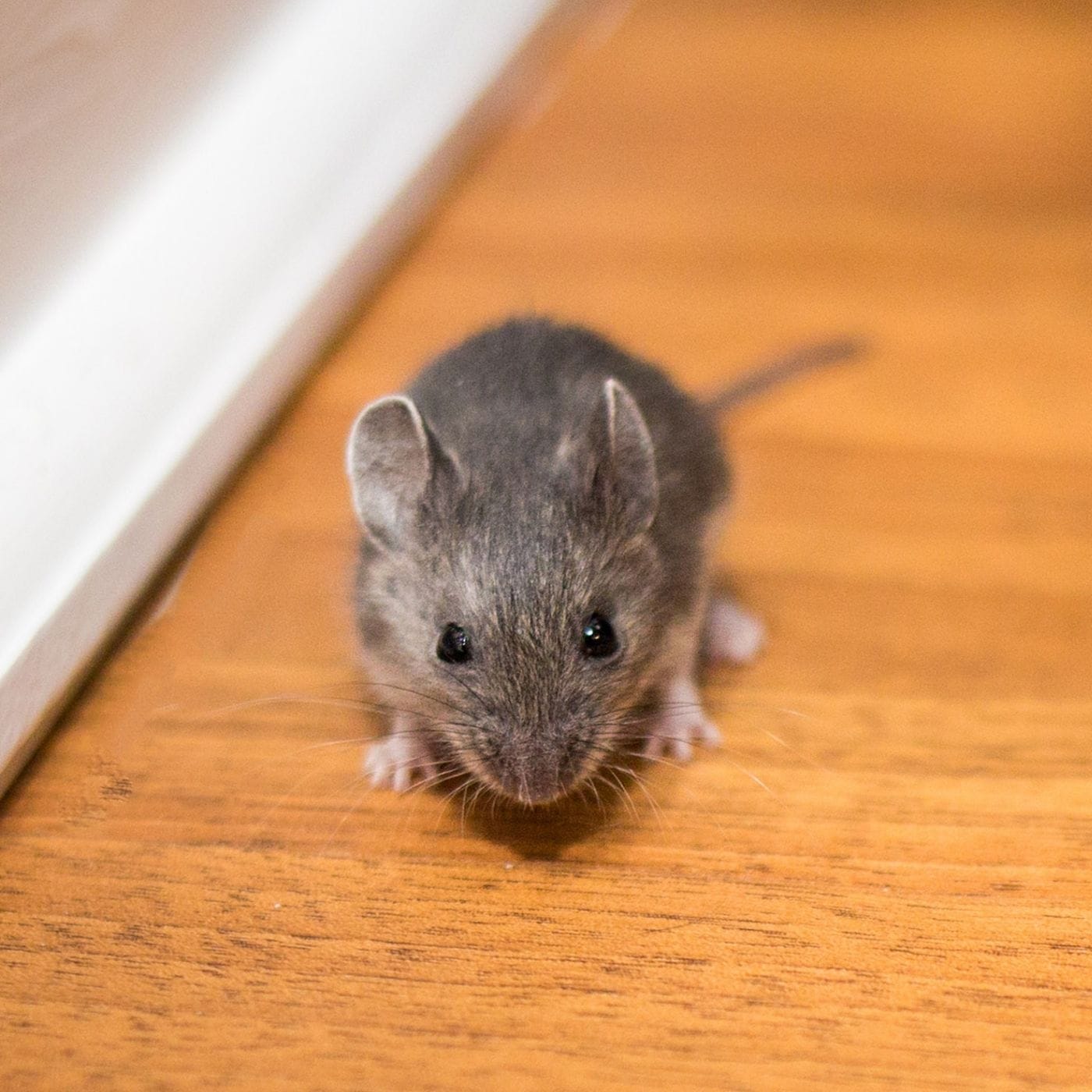Mice Treatments in Florida
Exterminator Services for Clermont, Groveland, Mascotte, Oakland, and Montverde
Florida’s subtropical climate, recognized for its high humidity and mild winters, creates a year-round haven not just for people but for rodents—specifically mice. These agile creatures slip into homes or businesses through tiny openings, seeking warmth, food, and water. In areas like Clermont, Groveland, Mascotte, Oakland, and Montverde, the lack of extended cold spells means mice rarely face the extreme seasonal slowdowns that occur in colder states. A small oversight—like a gap in a door seal or unsealed pantry goods—can encourage a full-blown mouse infestation if not addressed quickly. This service page clarifies why mice thrive in Florida’s environment, the signals hinting at their presence, and why hiring a professional exterminator for mice treatments is the most comprehensive path to ridding your property of these persistent pests. By acting early when you notice suspicious signs, you spare yourself the unease of hidden rodent colonies, minimize damage, and preserve a more sanitary living or working environment.
Why Mice Flourish in Florida

- Mild, Short Winters
In colder parts of the country, long and harsh winters naturally thin rodent populations or slow their breeding. Florida’s mild winter rarely stays frigid long enough to halt mice. Indoors, stable air conditioning or heating ensures a hospitable climate year-round. Consequently, mice can remain active, reproducing without the forced dormancy that snow or ice might impose elsewhere. - High Humidity and Rainfall
Mice need consistent water sources, which Florida’s frequent rains and naturally moist environment provide—like condensation on air-conditioning units or small leaks under sinks. If heavy rains flood outdoor burrows, mice scurry indoors to find a drier habitat, capitalizing on any cracks in windows, doors, or foundations. - Ample Food Opportunities
Mice thrive on easy meals—crumbs on floors, unsealed cereals, or open trash containers. In southwestern Florida’s suburban or semi-rural regions, from Clermont to Mascotte, a single overlooked snack can become an attractive feeding station. Combine that with mild winters enabling year-round foraging, and any minor lapse in cleanliness invites these opportunistic rodents. - Minimal Seasonal Downtime
Where harsh winter weather compels rodents to slow reproduction for months, Florida’s climate does not deliver such cold for long. A small infiltration of a few mice can escalate into a dense infestation quickly under near-constant breeding cycles if occupant vigilance lags. - Frequent People and Supply Movements
With new residents, short-term rentals, or families relocating to Groveland or Montverde, mice can slip into deliveries, moving boxes, or secondhand furnishings. Once a few mice detect food and water inside, they establish nests behind walls or in attic spaces. Without occupant checks, they expand unnoticed.
Telltale Signs of a Mice Infestation
- Droppings
Mice leave small, dark, rod-like droppings that resemble grains of rice, usually near feeding or nesting sites. Fresh droppings look moist and darker, while older ones turn grayish. Finding clusters in pantries, along baseboards, or behind appliances suggests active mouse routes. - Nocturnal Scratching Noises
Mice generally forage at night, so faint squeaks, scratching, or scampering from wall voids, ceilings, or beneath floors after dusk strongly points to rodents. Pinpointing where these noises originate can guide you to hidden nest areas, like attics or behind heavy cabinets. - Gnaw Marks or Holes
Mice constantly chew to file their ever-growing incisors. Look for bite marks on wood edges, plastic containers, or cardboard packaging. Small holes chewed through walls or flooring may also be an entry point. Torn food boxes or shredded paper used for nesting further confirm rodent activity. - Nests of Shredded Materials
Mice gather soft items—shredded paper, cloth, insulation—for nest-building. These might be tucked in corners of closets, under large appliances, or within basements. Surrounding areas often have droppings or seeds from the rodents’ feeding stashes. - Unusual Pet Behavior
Dogs or cats with heightened senses may zero in on a specific wall, floorboard gap, or cupboard if they hear or smell mice. If your pet fixates on an apparently empty spot, investigate for hidden droppings, gnaw marks, or nest debris.
Dangers of Untended Mice
- Health Hazards
Rodent droppings, urine, or hair can contaminate surfaces or stored foods, risking bacteria or viruses that may cause illness in humans. Mice can also harbor parasites like fleas or ticks, compounding the risk of secondary pest or disease issues. - Household Damage
Mice gnaw on wood beams, electrical wiring, plastic piping, or insulation. These chew marks not only degrade building integrity but also raise the odds of electrical shorts or fire hazards if cables are severely stripped. Over time, hidden damage accumulates unseen, becoming expensive to fix. - Rapid Reproduction
A single pair of mice can birth multiple litters within a year. In Florida’s year-round mild environment, they lose no breeding time. Minor sightings that go unaddressed balloon into a widespread infestation that permeates multiple rooms, floors, or adjacent units in multi-family buildings. - Constant Stress
Occupants losing sleep over nighttime scurrying or discovering droppings in pantries can suffer persistent anxiety, overshadowing daily routines. Thorough eradication restores occupant calm, letting them feel at ease in their own home or workplace once again.
Why Engage a Professional Exterminator for Mice Treatments
- Comprehensive Inspection
A qualified mice exterminator thoroughly checks kitchens, basements, attics, or yard perimeters to locate droppings, chew marks, or nest remains. Identifying mouse species (common house mice, or potentially roof rats if confused) and their nesting preferences directs the optimal strategy. - Focused, Efficient Removal
Professionals integrate multiple solutions—like snap traps, multi-catch stations, or tamper-resistant bait boxes—to address the entire rodent population quickly. They carefully place these measures along walls or corners mice traverse, elevating success while minimizing occupant or pet exposure to chemicals. - Sealing Entry Points
Because mice fit through holes as small as a dime, exterminators often advise on patching foundation cracks, repairing door sweeps, or sealing gaps around pipes. Eliminating these openings prevents fresh mice from replacing those already removed. - Sanitation and Occupant Education
Beyond physically removing rodents, experts recommend occupant-driven improvements—like storing food in sealed containers, promptly disposing of trash, and addressing water leaks. This synergy creates a less inviting environment for rodents and hampers any re-invasion efforts. - Follow-Up and Maintenance
Because mice reproduce swiftly, scheduling re-checks ensures new litters or overlooked corners do not reignite the infestation. If occupant sightings linger, the exterminator refines bait or trap placements, guaranteeing thorough removal for occupant peace of mind.

Typical Methods of Mice Elimination
- Inspection and Mapping
Pinpointing droppings, gnaw marks, or nest debris in seldom-used rooms or behind major appliances clarifies which zones to prioritize. Identifying potential entry points—like unsealed vents or foundation cracks—forms the basis for an integrated plan. - Trapping and Bait Stations
Snap traps placed flush against walls along mice runways effectively capture foraging rodents. Bait stations containing rodenticides can remain indoors or in secure outdoor stations, controlling entire colonies if used properly. Technicians check these devices periodically, disposing of any caught mice or adjusting bait as needed. - Exclusion Steps
Using steel wool, caulk, or weatherstripping, professionals seal small holes around plumbing lines, door thresholds, or cracks in foundation walls. Cutting off re-entry is crucial since removing rodents alone fails if new ones slip in. - Property and Yard Sanitation
Occupants receive pointers on removing clutter, storing cereals or snacks in plastic or metal containers, emptying trash promptly, and fixing leaky faucets or pipes. Clean kitchens or sealed pet food bins hamper mouse interest in leftover crumbs or water sources. - Ongoing Monitoring
Sticky traps or second wave re-check visits confirm no leftover mice linger in hidden corners. If occupant sightings or droppings persist, an exterminator intensifies the approach until no fresh evidence appears for a set period.
Serving Clermont, Groveland, Mascotte, Oakland, and Montverde
Clermont: Known for rolling hills and scenic lake views, Clermont’s growing neighborhoods can inadvertently attract mice if new construction disturbs rodent burrows, pushing them indoors. Occupant synergy—like promptly removing building scraps or sealing door gaps—helps reduce infiltration.
Groveland: With suburban enclaves intersecting farmland, mice can nest in outbuildings or slip through small holes in older homes. Quick occupant vigilance upon spotting droppings or hearing nighttime rustling halts them before expansions in attics or behind walls.
Mascotte: A smaller community seeing new housing expansions, Mascotte might endure rodent relocations from disturbed land. Exterminators frequently patch cracks, set baits, and advise occupant housekeeping for lasting results.
Oakland: Known for older homes, lakefront living, or partial occupant presence, Oakland sees rodents move into vacant corners if occupant checks are scarce. Simple occupant routines—like discarding leftover food or sealing cracks—assist professional efforts to remove mice thoroughly.
Montverde: Scenic and partially rural, Montverde welcomes families who might store items in garages or sheds. Mice exploit clutter for nesting, so occupant-driven organization plus integrated rodent treatments keep them from colonizing silent corners.

Why Our Mice Treatments Excel
- Florida-Adapted Approach
Since southwestern Florida rarely experiences rodent-slowing cold, we address near-constant mouse breeding cycles. We blend occupant training—like sealing cereals or discarding cardboard piles—with potent baits or traps that zero in on corners, under appliances, or yard edges. - Precision and Low Impact
Our exterminator team meticulously identifies runways, setting traps or stationing baits where mice actually travel. This method spares occupant exposure to unneeded chemicals or traps placed randomly, maximizing rodent contact. - Exclusion Emphasis
Once mice vanish, occupant or professional sealing of holes or cracks ensures fresh rodents can’t replace them. This synergy between occupant housekeeping (no accessible food scraps) and structural corrections fosters a mouse-resistant zone. - Follow-Up
Because mice breed quickly, scheduling a second check or occupant-based observation ensures no newborn rodents survive. If occupant sightings remain, an additional wave of traps or adjusting strategies concludes the infestation thoroughly.
Next Steps
Seeing droppings in cabinets, hearing squeaking or scratching at night, or noticing gnaw marks on boxes or wiring? Contact us to learn more or schedule your service. Our mice treatments in Clermont, Groveland, Mascotte, Oakland, and Montverde identify entry points, remove active colonies, and advise occupant measures to remain rodent-free. By enlisting a knowledgeable exterminator, you defend your property from structural harm, potential health risks, and the continuous stress of hidden rodent presence.
Swift response spares you the burden of future repairs—like replacing chewed cables, cleaning contaminated drawers, or addressing major nest expansions behind walls. A carefully executed plan—covering occupant housekeeping, trap or bait deployment, and sealing re-entry spots—guarantees mice face lethal barriers at every turn, restoring occupant confidence and property integrity.
Sustaining a Mice-Free Lifestyle
After successful rodent removal, basic occupant practices deter re-infestation:
- Store Foods Properly: Keep cereals, grains, or snacks in sealed containers. Immediately wipe crumbs from floors or counters, and remove kitchen trash daily. Mice abandon areas lacking easy meals.
- Eliminate Moisture Sources: Mice need water, so fix dripping pipes, empty pet bowls at night, and ensure no standing water remains under sinks.
- Clear Clutter: Minimize cardboard boxes or stacked items in closets or garages that provide nesting cover. Organize seldom-used items in sealed plastic bins, removing potential rodent hideouts.
- Repair Structural Gaps: Patch cracks near windows, doorframes, or foundation lines with steel wool, caulk, or weatherstripping. Mice exploit holes as small as a dime; occupant vigilance ensures no open invitation remains.
- Check Periodically: Inspect behind appliances, in basements, or around stored items every few weeks for droppings, gnaw marks, or newly torn materials. Early detection means small issues never balloon into major infestations.
By marrying occupant diligence with robust professional strategies, southwestern Florida homeowners guard living or working spaces from recurring mouse surges. While Florida’s mild winters enable rodents to breed year-round, occupant vigilance plus a strong extermination approach ensures mice find no corner to nest or spread. The end result: calmer nights, uncontaminated kitchens, and a property free from the damaging presence of scurrying rodents.
